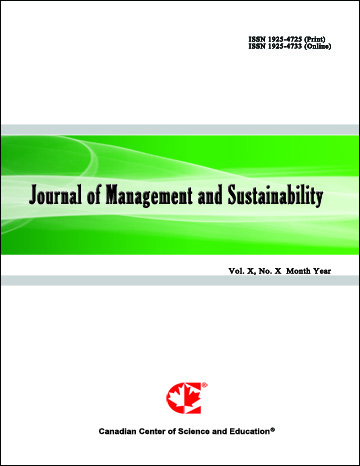Sustainability Index of Mining: A Case Study in Two Companies
- Aline Aparecida Silva Pereira
- Eduardo Gomes Salgado
- Ronaldo Luiz Mincato
- Augusto Duarte Alvarenga
- Luis Antônio Coimbra Borges
Abstract
Since the inclusion of mineral exploration as an activity with sustainable potential in Agenda 21, the development of metrics to evaluate and monitor the sector has been deemed necessary. Thus, to obtain accurate information and to develop an evaluation index, a set of indicators based on the Triple Bottom Line was selected. The methodology based on Gravity, Urgency and Trend (GUT Matrix), developed in 1981 by Kepner and Tregoe, was used to evaluate the weights assigned to the indicators. The results were organized according to the level of relevance of the environmental, social and economic criteria at levels 4, 3 and 2, respectively. A ranking was created among the indicators of each criterion that gave rise to the proposed evaluation index. Through a qualitative analysis, it was possible to validate the proposed index as to its efficiency, applicability, ability to reverse the current situation of the sector and monitoring of the exploration activity, proposing improvements & enabling the minimization of negative impacts. Finally, understand that it is possible to accept mining as a sustainable activity.
- Full Text:
 PDF
PDF
- DOI:10.5539/jms.v9n2p115
Journal Metrics
Google-based Impact Factor (2021): 1.54
h-index (July 2022): 37
i10-index (July 2022): 147
h5-index (2017-2021): 12
h5-median (2017-2021): 19
Index
- Academic Journals Database
- ANVUR (Italian National Agency for the Evaluation of Universities and Research Institutes)
- CAB Abstracts
- CNKI Scholar
- EconBiz
- Excellence in Research for Australia (ERA)
- GETIT@YALE (Yale University Library)
- Harvard Library
- HeinOnline
- Infotrieve
- JournalTOCs
- LOCKSS
- MIAR
- PKP Open Archives Harvester
- RePEc
- Scilit
- SHERPA/RoMEO
- Stanford Libraries
- UCR Library
Contact
- Evelyn XiaoEditorial Assistant
- jms@ccsenet.org
